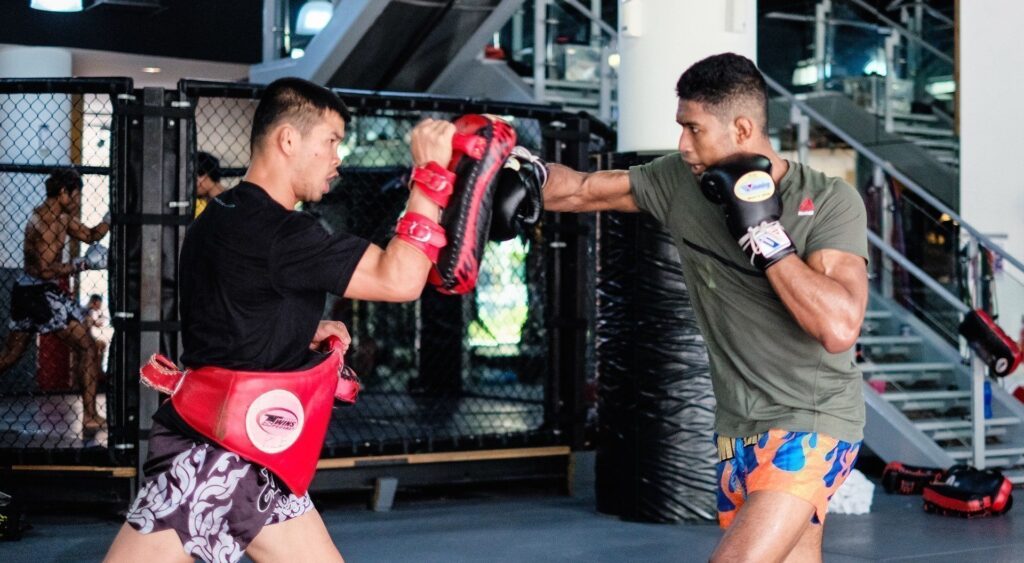The Art of a knockout post Mastering the Skill of Ending Fights

The Art of a knockout post Mastering the Skill of Ending Fights

In the realm of combat sports, (a knockout post) represents the pinnacle of skill and technique. It is the moment when one fighter’s precision, power, and strategy culminate in a definitive end to the contest. Beyond its dramatic spectacle, the knockout embodies the essence of martial prowess and tactical mastery.
At its core, a knockout occurs when a fighter successfully delivers a blow that renders their opponent unable to continue the fight. This can happen through a variety of strikes, most commonly punches in boxing or mixed martial arts (MMA), but also kicks in disciplines like Muay Thai or even submissions that cause unconsciousness. Each strike is meticulously timed and executed with precision honed through rigorous training and experience.
The key to achieving a knockout post not just in physical strength, but in understanding the mechanics of force transfer and impact. Fighters train to maximize the velocity of their strikes, ensuring that even a glancing blow can destabilize their opponent. Footwork and positioning are equally crucial, enabling fighters to create openings and capitalize on their opponent’s vulnerabilities.
Beyond technical prowess, mental discipline plays a vital role in delivering a knockout. Fighters must maintain focus and composure amidst the chaos of combat, waiting for the opportune moment to strike. This mental fortitude allows them to adapt their strategy on the fly, identifying weaknesses in their opponent’s defense and exploiting them with calculated precision.
The psychological aspect of a knockout cannot be overstated. It is not merely a physical defeat but a demoralizing blow that can sway the momentum of a fight irreversibly. Fighters who master the art of the knockout understand how to leverage intimidation and fear, using their reputation as knockout artists to gain a psychological edge before even stepping into the ring or cage.
Training to deliver knockouts involves a combination of technical drills, sparring sessions, and conditioning exercises. Fighters focus on developing explosive power in their strikes, often incorporating strength and conditioning routines that enhance their speed and endurance. Simulated sparring allows them to refine their timing and accuracy, while also preparing them for the unpredictable nature of live combat.
In recent years, the popularity of knockouts has transcended the world of sports, capturing the imagination of fans and spectators worldwide. Highlight-reel knockouts generate viral moments that spread across social media platforms, showcasing the athleticism and skill of the fighters involved. These moments serve as a testament to the artistry of combat sports and the universal appeal of a well-executed knockout.
However, with great power comes great responsibility. Fighters are acutely aware of the risks associated with knockout blows, including potential long-term neurological damage. Governing bodies and medical professionals work tirelessly to implement safety protocols and regulations that prioritize fighter welfare, ensuring that the pursuit of knockouts does not compromise long-term health.
In conclusion, the knockout represents more than just a dramatic conclusion to a fight—it is the culmination of years of dedication, training, and strategic planning. From the disciplined execution of technique to the psychological warfare waged in the ring, mastering the skill of the knockout requires a unique blend of physical prowess and mental acuity. As combat sports continue to evolve, the allure of the knockout remains a timeless testament to the artistry and athleticism of the fighters who strive to achieve it.
